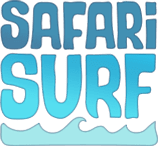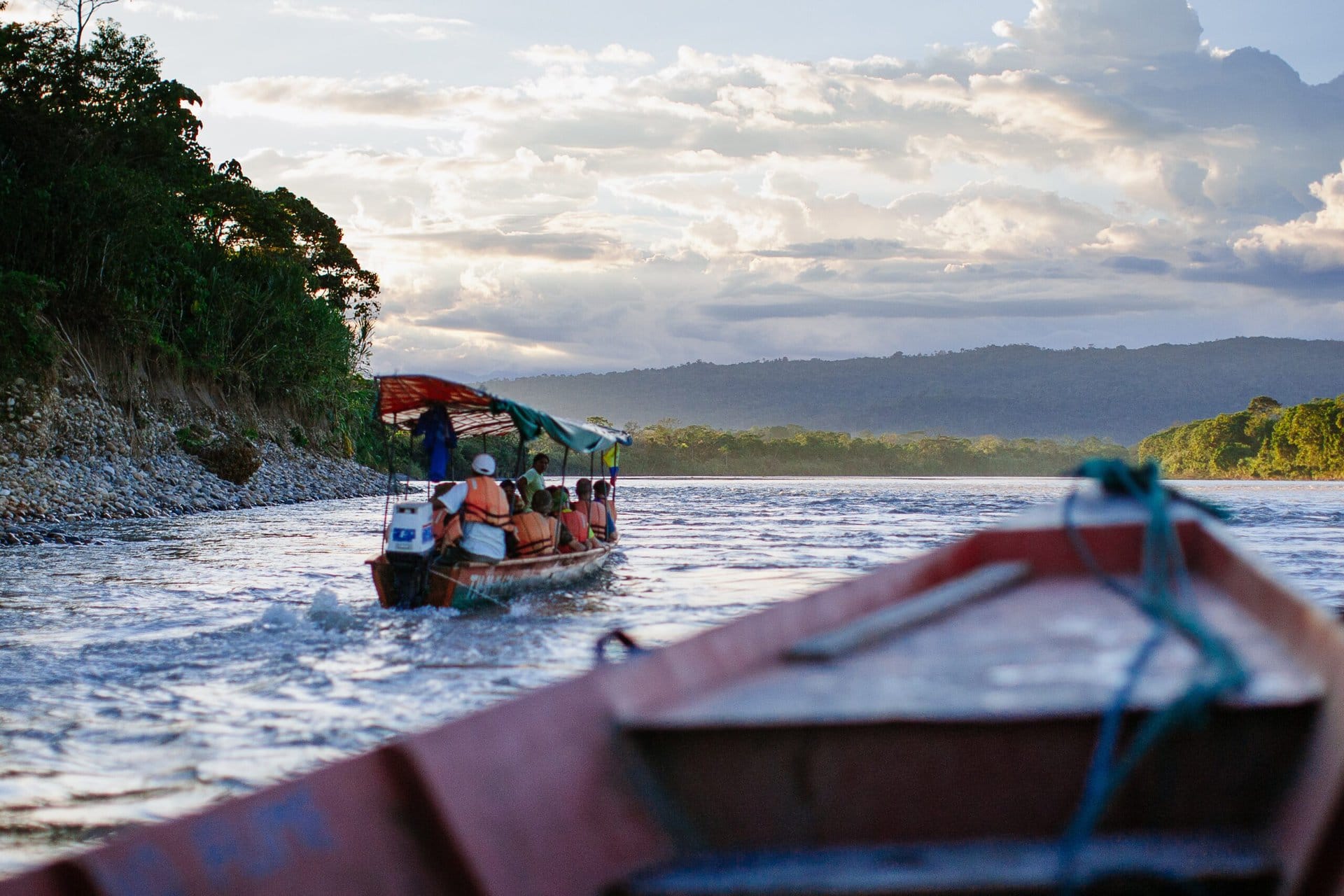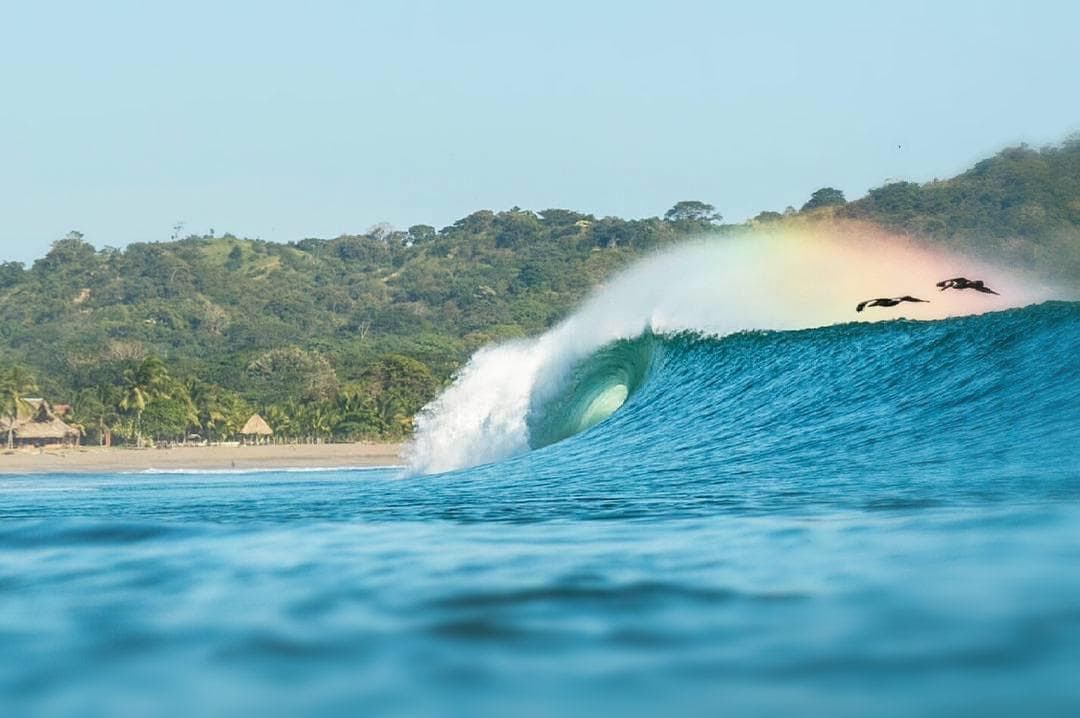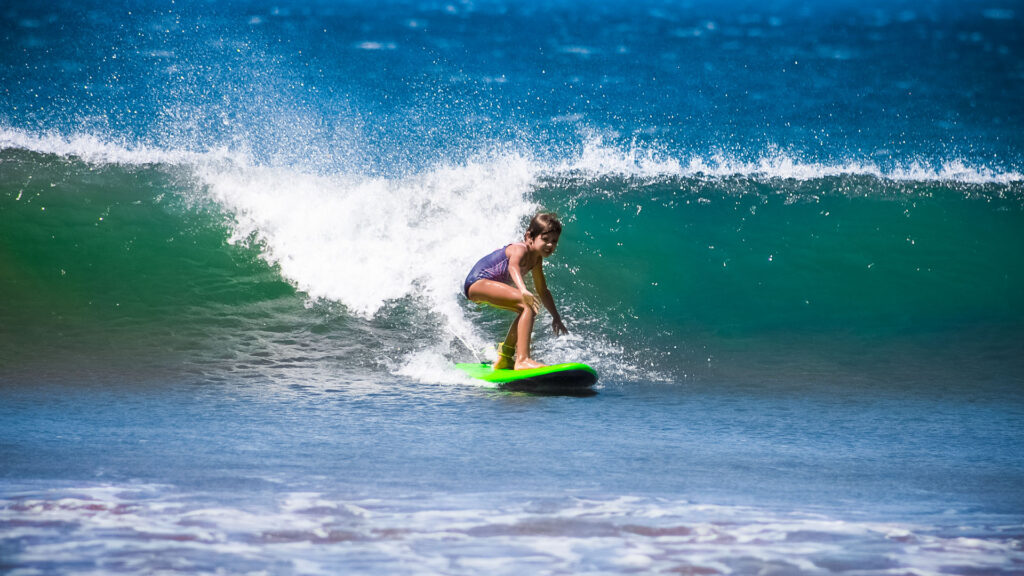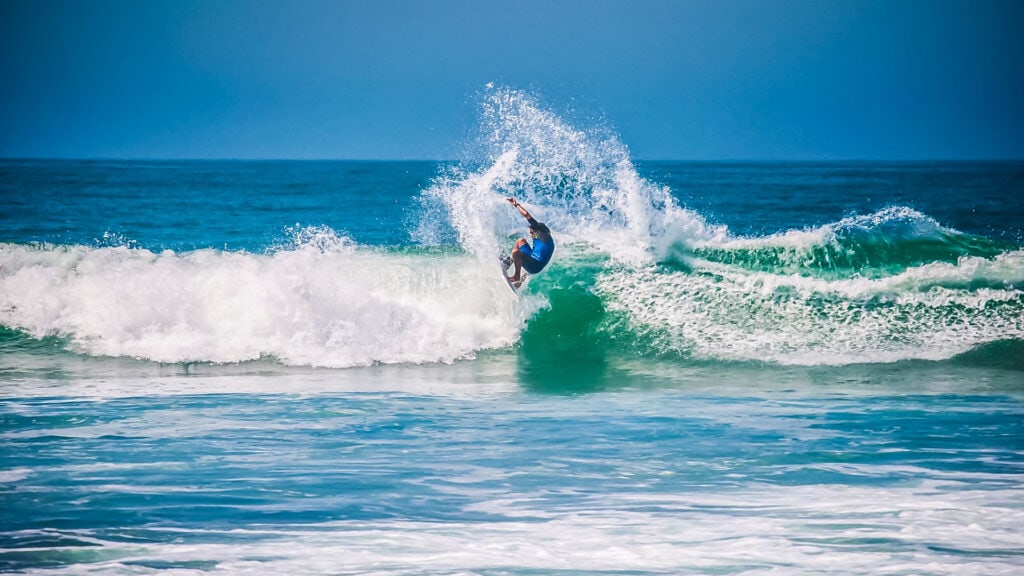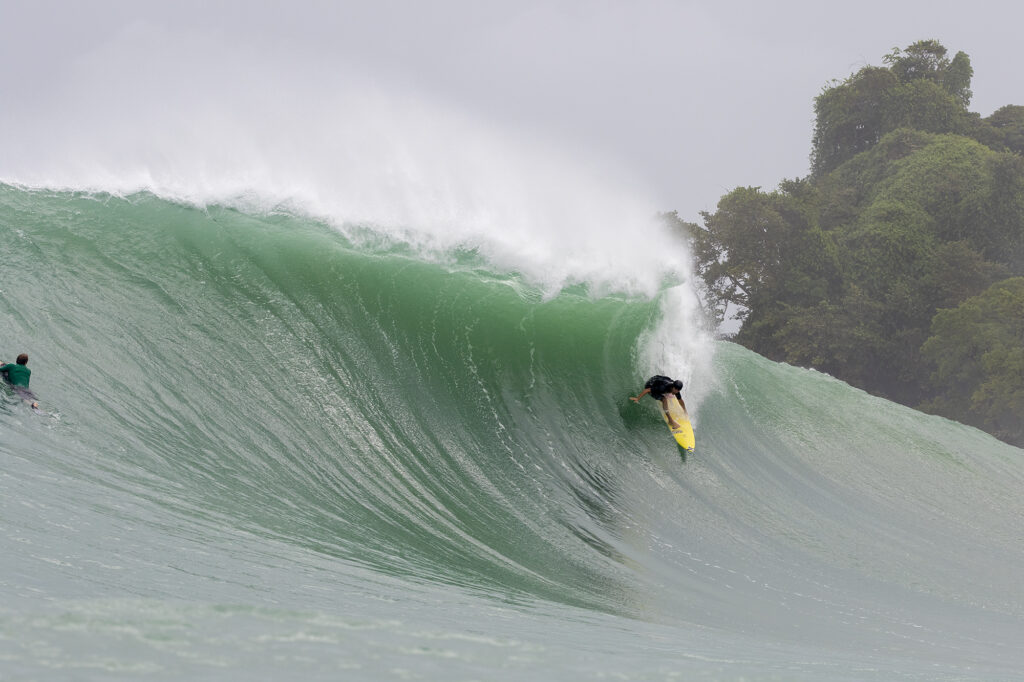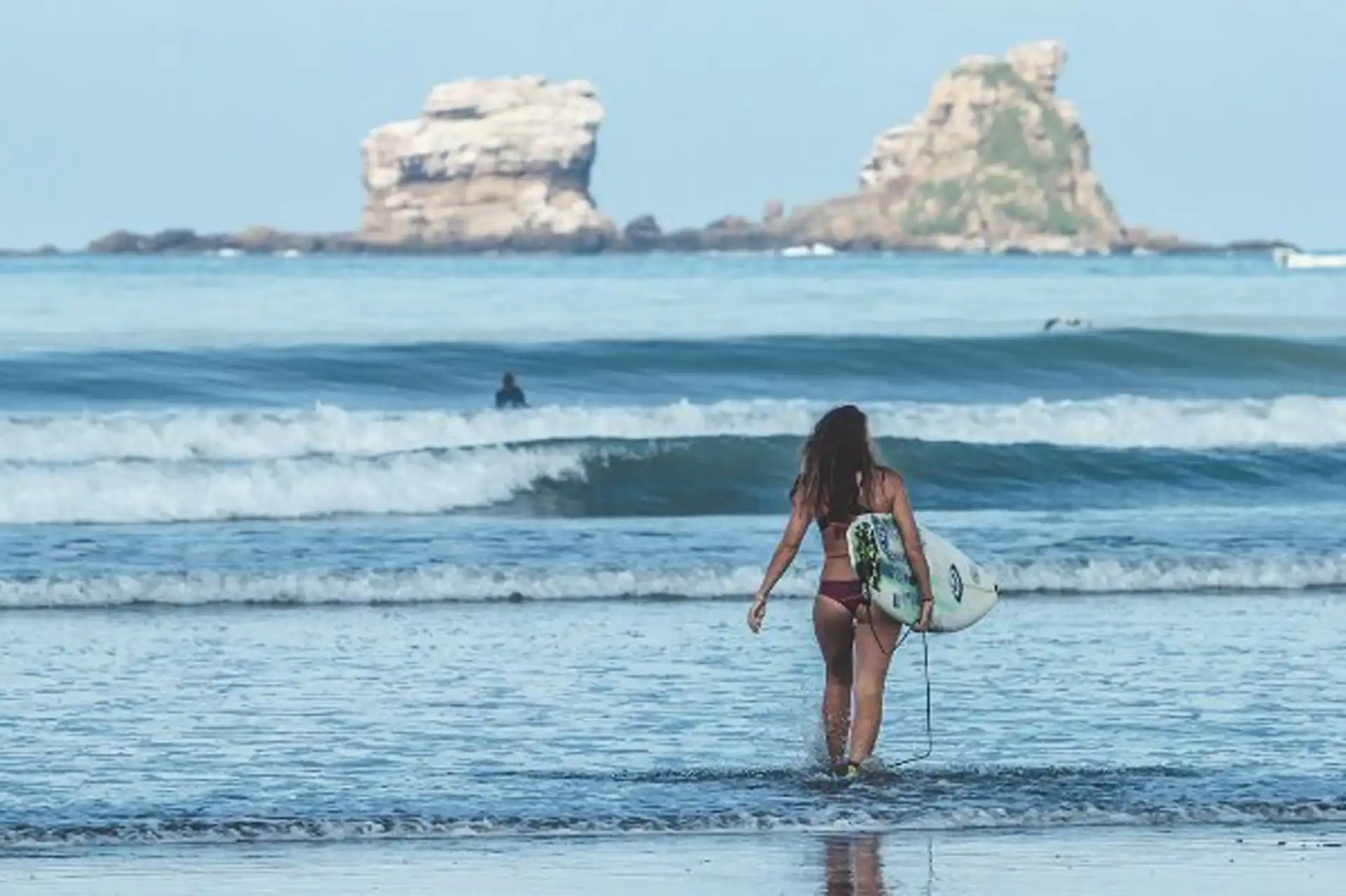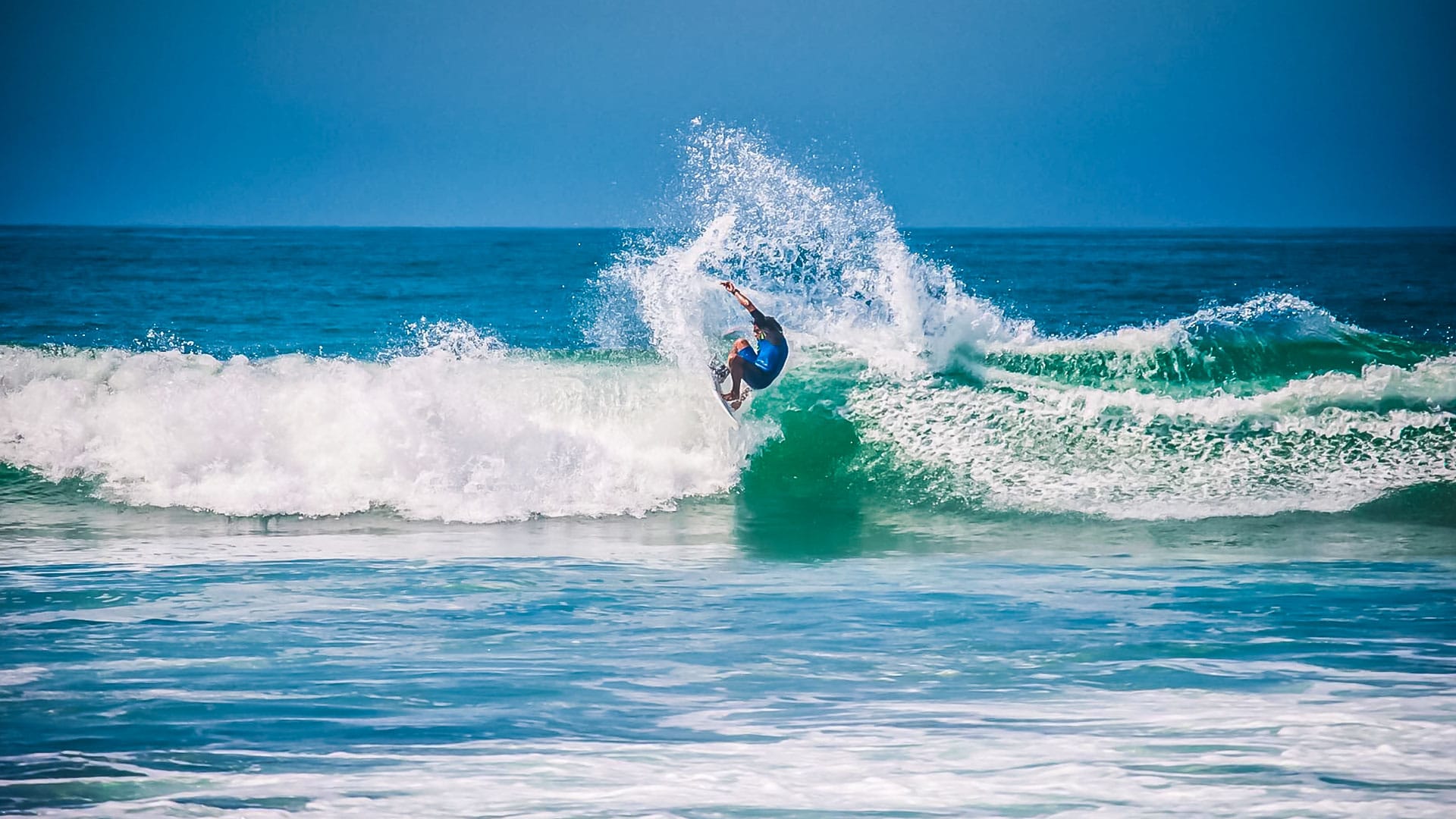Ecuador is a one-of-a-kind travel destination that needs to be seen to be believed, home to the Galapagos Islands, towering snowcapped mountains, charming colonial towns, world-class surf, and the dense Amazon jungle. While Ecuador is one of our favorite surf trip locations and home to the newest Safari Surf iteration, our Ecuador surf school, there’s much more to the country than just the waves. If you’re looking for a buck-list trip that’s full of adventure, good surf, and friendly locals, head to Ecuador. Continue reading below as we outline the ins and outs of Ecuador travel in Safari Surf Presents the Ultimate Ecuador Travel Guide.
How to Get to Ecuador
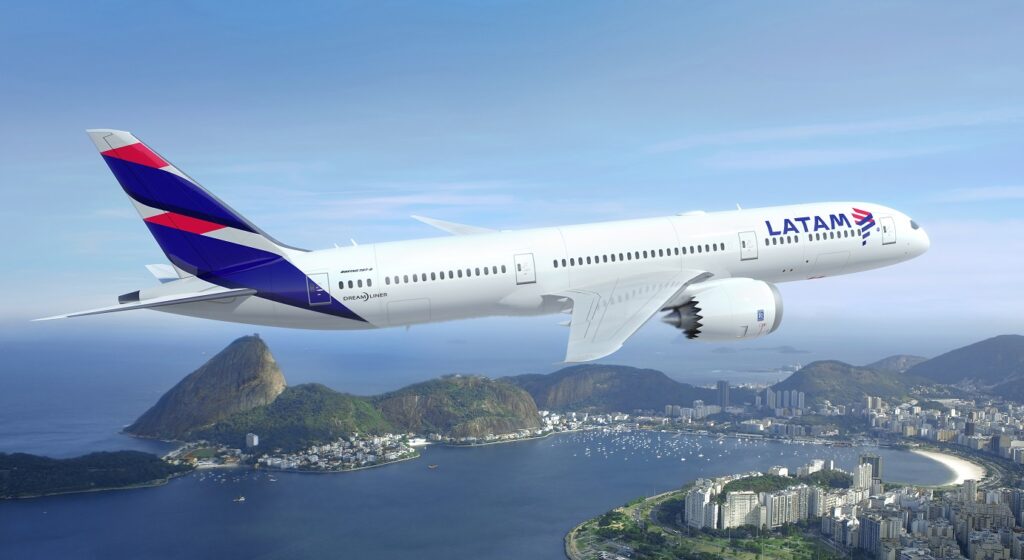
Ecuador has two major international airports, Quito International Airport and Aeropuerto Simon Bolivar in Guayaquil. Most major international airlines fly to Ecuador via Quito. Once you’re in Ecuador, traveling around the country is easy by plane, especially if you plan on visiting the Galapagos islands or the Amazon. Regional flights can be booked through TAME, LATM, Avianca, and a few other regional airlines.
Where to Travel in Ecuador
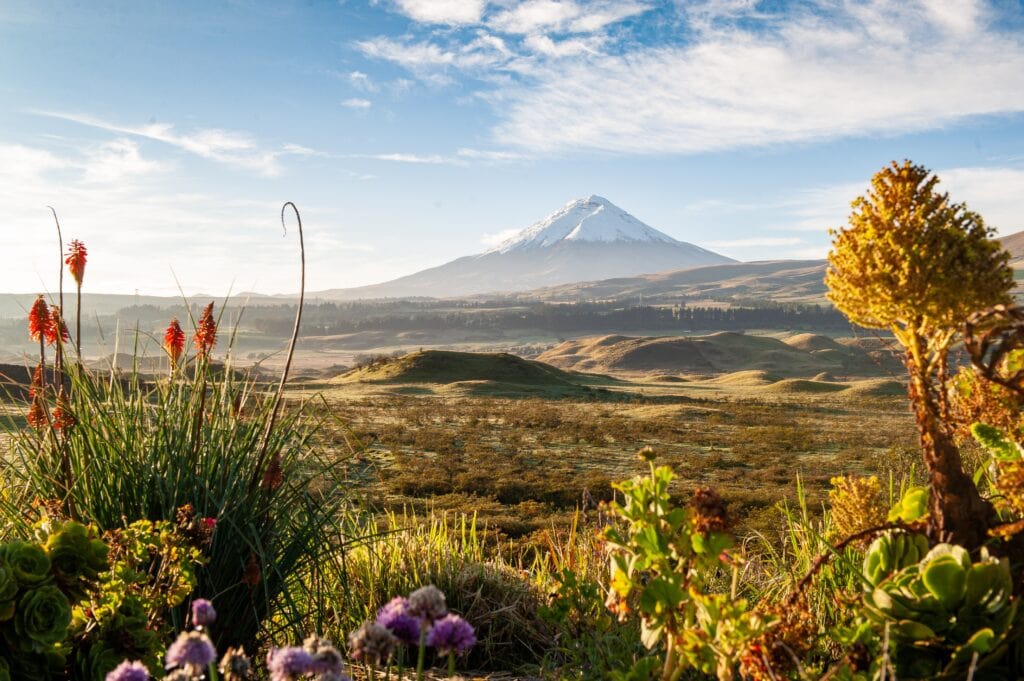
If you’re looking to travel to Ecuador, you’ve got options. Ecuador has it all, from surfing and mountain climbing to scuba diving, historic colonial towns, and the Amazon Rainforest. Ecuador offers a diverse selection of travel experiences that are unique to the country, and it would truly take a lifetime to tackle them all. If you’re traveling to Ecuador, pick a region or activity and dive deep.
To Discover Darwin’s World
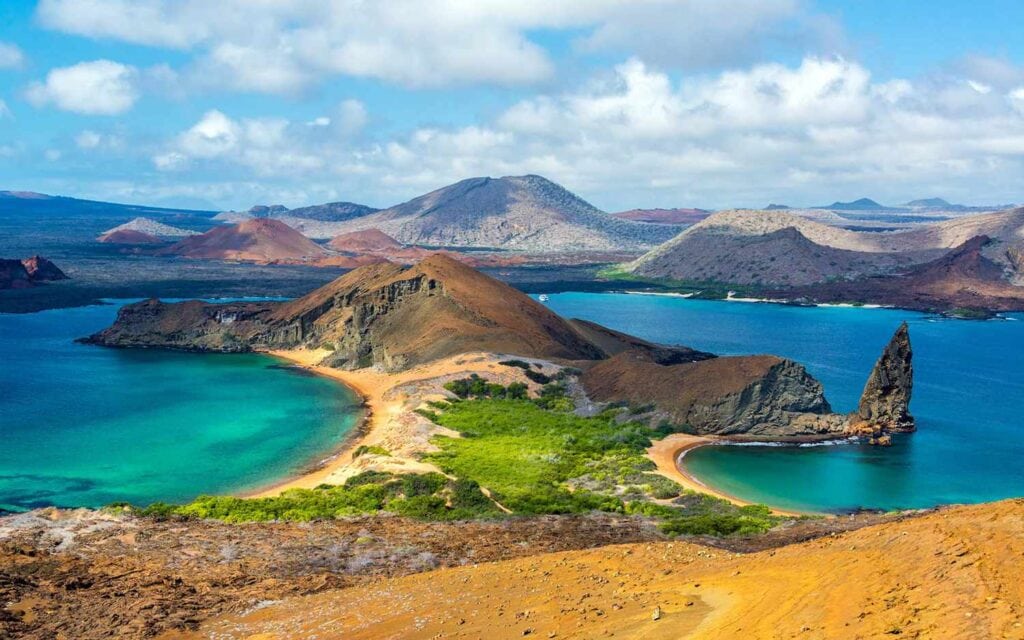
Ecuador is perhaps most famous as the home to the Galapagos Islands. Located roughly 600 miles off the Ecuadorean coast in the middle of the Pacific Ocean, the Galapagos Islands are a volcanic archipelago of 127 tropical islands that house some of the world’s most unique endemic species, like the Galapagos Penguins, Giant Tortoises, and Sea Iguanas. The many endemic species across the Galapagos Islands helped Charles Darwin propose his theory of evolution in 1859.
To Conquer Mountains
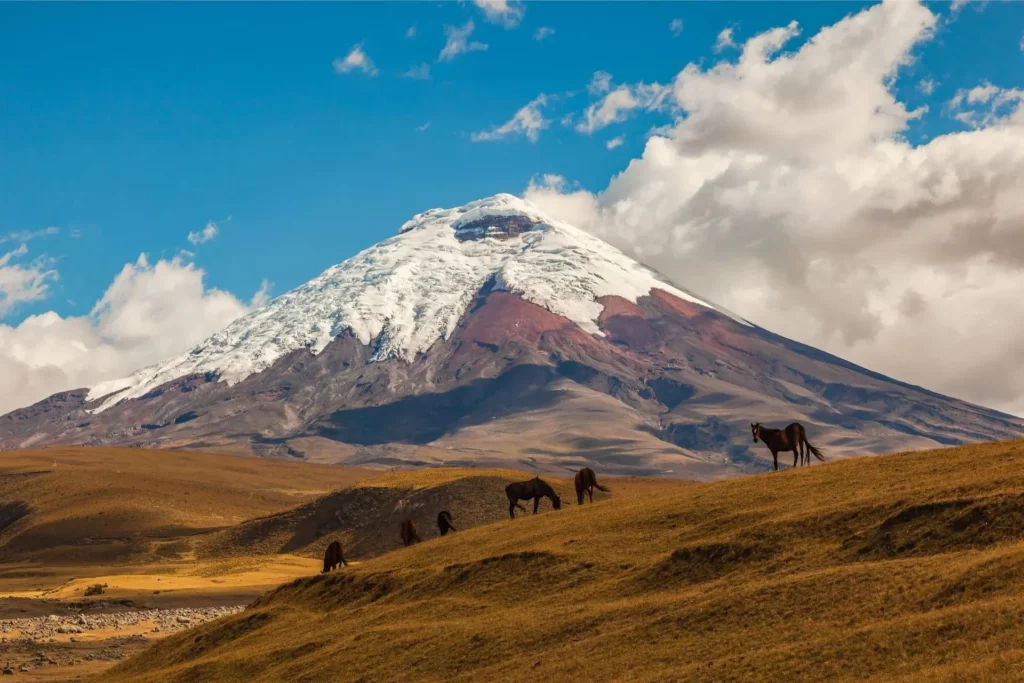
While most people think of Ecuador as a tropical paradise and home to the Galapagos Islands, it’s also one of South America’s premier mountaineering destinations. Ecuador is home to 1,289 named mountains, the tallest and most prominent of which is Chimborazo (6,268m/20,564ft). Ecuador’s tallest mountains can be found within the Sierra region of the country, which includes the provinces of Zamora Chinchipe, Loja, Azuay, Cañar, Chimborazo, Tungurahua, Napo, Carchi, Imbabura, Pichincha, Cotopaxi, Bolívar, Santo Domingo de los Tsáchilas, and Los Ríos. Cotopaxi National Park is one of the country’s most popular mountain areas offering hiking and mountaineering. Parque Nacional Cotopaxi contains eight mountains, the highest of which is Cotopaxi, standing at a whopping 19,347 feet.
To Explore the Amazon
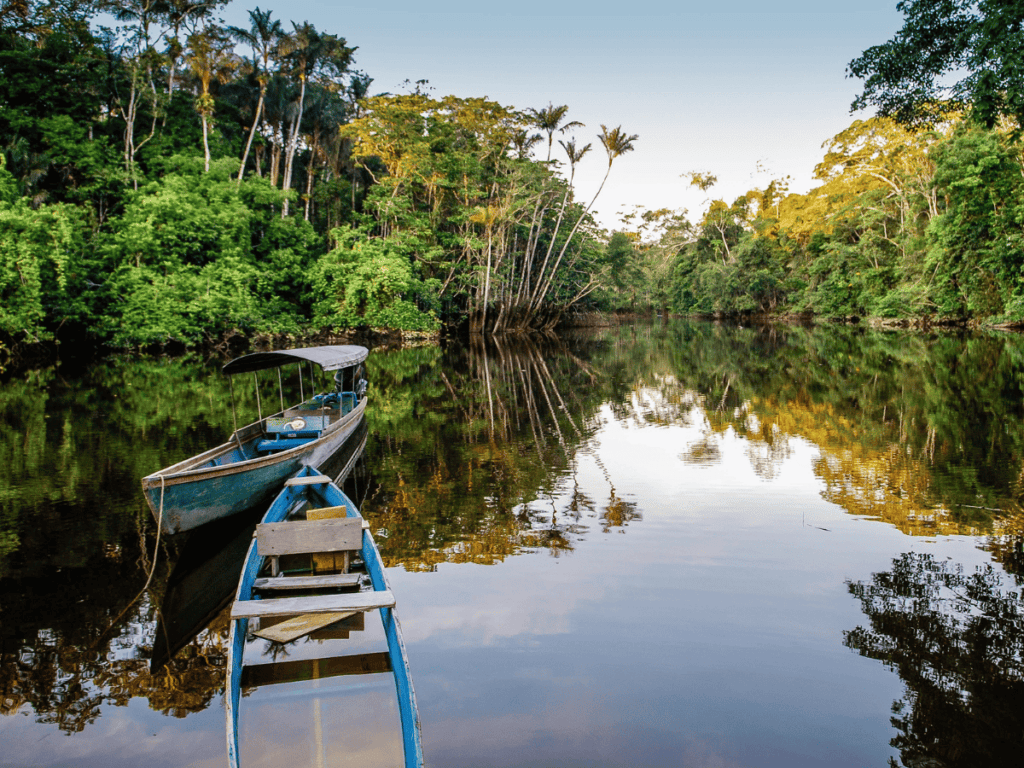
To explore a wealth of biodiversity deep in the Amazon jungle, head to the Yasuni National Park, located in Napo and Pastaza provinces. The Ecuadorian Amazon sits at 1300 feet above sea level and stretches over a vast swath of the eastern part of the country, spanning six provinces and 40% of the entire country. The Ecuadorian Amazon is one of the most biodiverse places in the world. Visit the Peruvian Amazon between December and May to see the region with slightly less rainfall.
To Surf Ecuador’s World-Class Waves
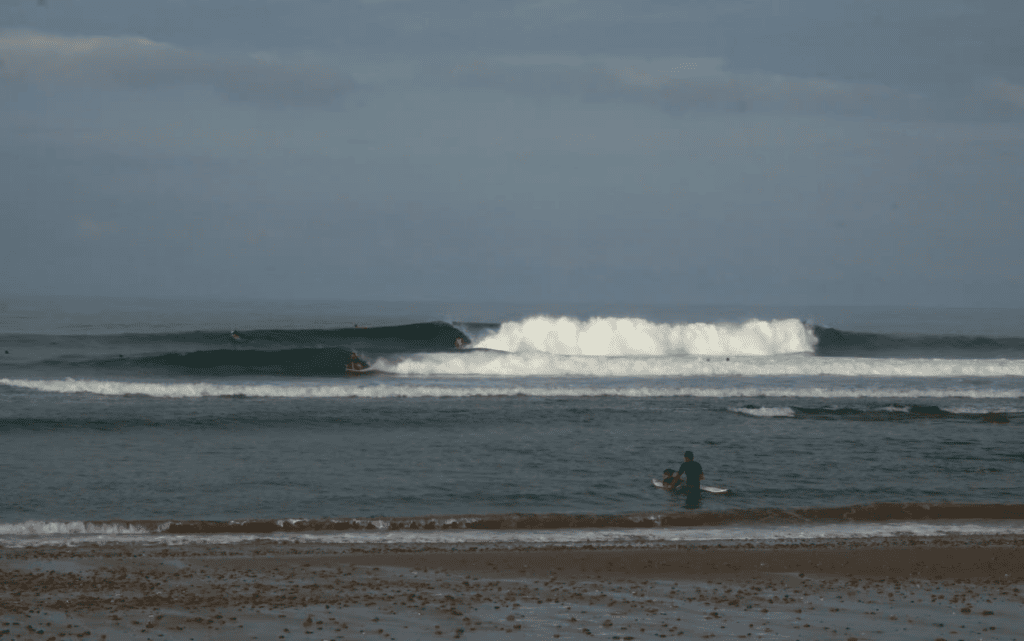
It’s no secret that Ecuador is home to several world-class waves. Travelers planning on going surfing in Ecuador can choose from four surf regions: North (Mompiche to Bahia de Caraquez), Central (Manta Zone), Baja Manabi, and South (Las Salinas to Montanita). Our Ecuador surf school is located in the Baja Manabi Zone, just south of Parque Nacional Machalilla. While Ecuador has year-round surf, the primary season for surfing in Ecuador falls between December and April, when northwest swells are abundant in the Pacific. Winds during the swell season are predominately light or offshore, making it the ideal time of year for clean conditions. Our Ecuador surf school is located in the tiny, charming town of Ayampe, where lively tropical waters collide with stunning beaches, a dense jungle, and friendly locals and ex-pats. Ayampe is an idyllic laid-back surf town in the Baja Manabi Zone that is home to one of the country’s most consistent beach breaks. Ayampe reminds us a lot of how Nosara was 20 years ago. The wave at Ayampe works well during both north and south swells, making it the ideal destination for surfing in Ecuador at any time of year
To learn more about our Ecuador surf school, head to our website. Stay tuned to the Safari Surf blog for more surf and travel news.

